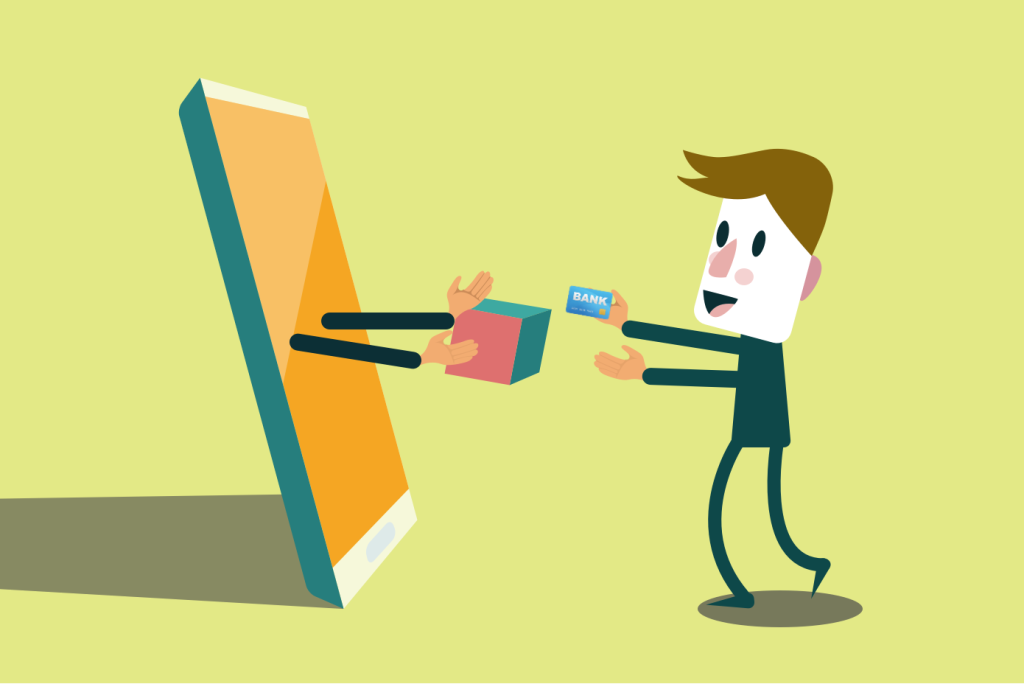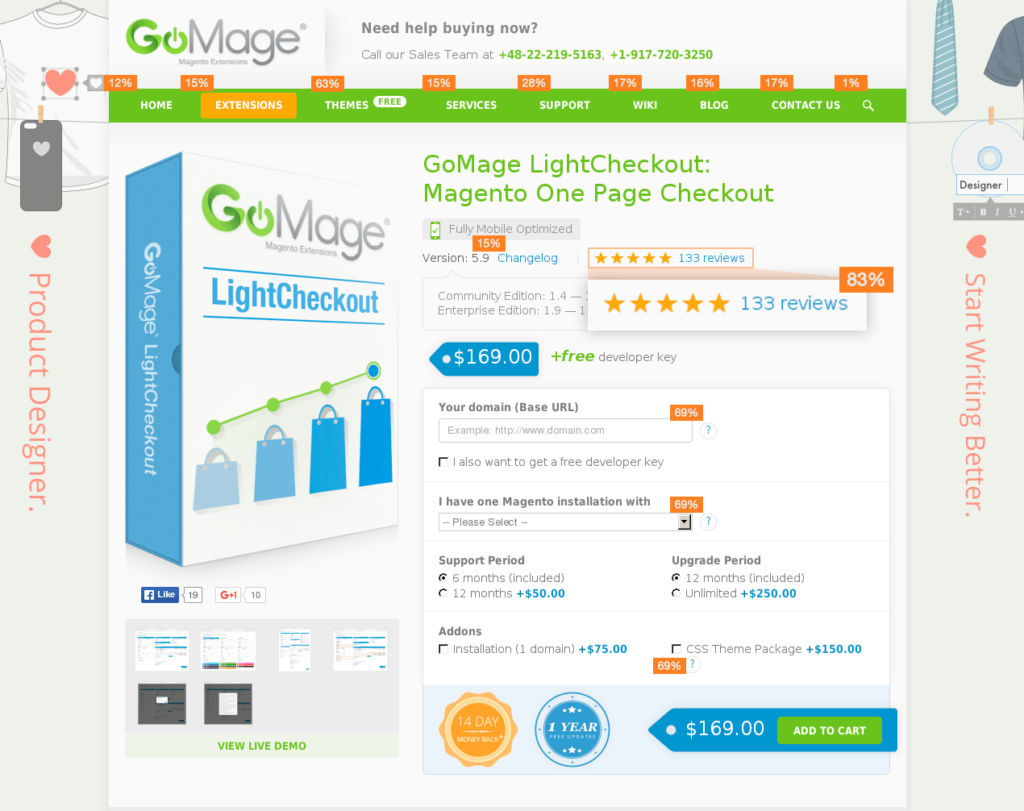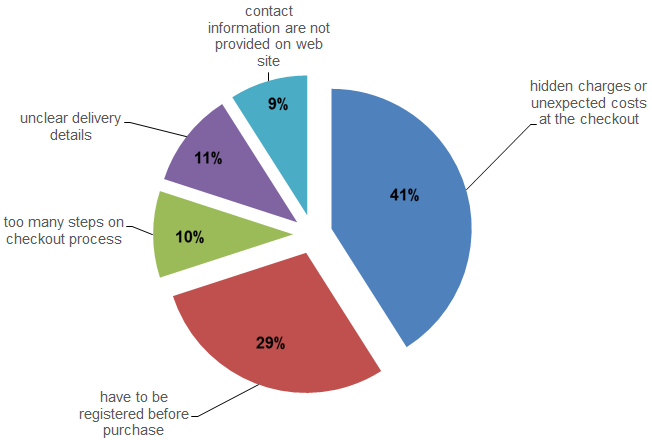Customers’ behavior involves usage and disposal of products being purchased as well as the analysis of the manner in which shoppers are buying.
Product usage allows determining the best product positioning or finding new opportunities to increase consumption.
Nowadays, e-Commerce is one of the fastest growing markets which significantly influence how people choose to buy. The forecast is very positive, and in 2018 the expected volume of the market is about $2.48 trillion. It is still the greatest opportunity to make money in online business.
With such challenging perspectives, online merchants are trying to adapt to the variable behavior of a shopper in order to keep the competitive positions. The main feature of e-commerce lies in the area that it is impossible to present products physically and traditional retails can provide shoppers with more convenient shopping environments.
What Online Merchants Must Know About Behavioral Economics
During the buying process, people are grounded on the level of trust for a certain brand, product, service, and merchants in both regular shop and online stores. Trust and confidence are the main factors for building a relationship with potential customers.
Recent researches show that trust in e-commerce is lower than in offline retail since face-to-face interactions are more reliable and allow getting the impression about merchants more rapidly. So let’s consider the factors in online shopping which can influence the level of trust within the scope of behavioral economics and your consumer’s decision.
Site Speed
After waiting for 1-3 seconds about 60% of potential customers will leave an online store and about 80% of them will never come back.
Web Design
Web design is one of the main factors people pay attention to. Visualization and how the online store looks will influence a purchase decision. Site usability is also a part of Web design as well as specific settings which make the buying process comfortable.
Behavioral Economics And The First 90 Seconds are the Most Important
It can be surprising but in most cases, visitors know what they need, and if the site navigation works well, 90 seconds are enough for searching necessary products (or a variety of products to choose) and make an initial judgment. The rest of the time is used to confirm the decision.
Product Images and Videos
Offering multiple product images and explanation videos can increase sales. As it has been mentioned above, because of no physical contact there is a gap between a potential customer and a merchant. To deal with this gap, the appropriate pictures can be used to give a good impression of the product. And the customer will be more confident after watching the explanation video.
Reviews
85% of customers read reviews and feedbacks and more than half of them trust this information as much as the personal recommendation. 67% of customers read 6 reviews or more before they feel that they can trust this online store and can be confident in making associated decisions.
Abandoned Cart
It is a huge problem but more than 60% of online carts are abandoned. Various researchers show that there are some common reasons of why customers leave the cart:
Payment and Security
More than 80% of customers feel safer seeing trustworthy card logos which are displayed in the payment area and over 40% of customers have more confidence if an online store offers more than one payment method. It is recommended to have all popular payment methods because, if preferred methods are not available, the customer will definitely leave the shopping cart.
Online or Offline
Experienced online customers prefer to spend time researching different websites, analyzing reviews, and comparing prices using comparison shopping engines in order to find the best offer. The problem is that they can search online and finally buy the necessary product offline.
This trend is called webrooming. Nowadays there are a lot of multichannel retailers where shoppers can search and buy what they want. Differently, from webrooming, shoppers can come to regular stores, test a product and then buy it online. This trend is called showrooming.
Both trends are available now and even can support each other to make the shopping process more convenient. Also, it should be considered that buyers use different mobile devices for many purposes associated with purchasing, such as reviews posting, delivery tracking, getting discount coupons and more.
Social Media also influences shopping processes a lot as they contain plenty of advice and recommendations. For some people, feedback in social media can be most important for making the final purchasing decision.
Sources that were used:
http://www.geektime.com/2014/02/27/infographic-online-consumer-behaviour-and-e-commerce-sales/
http://www.statista.com/topics/2477/online-shopping-behavior/






